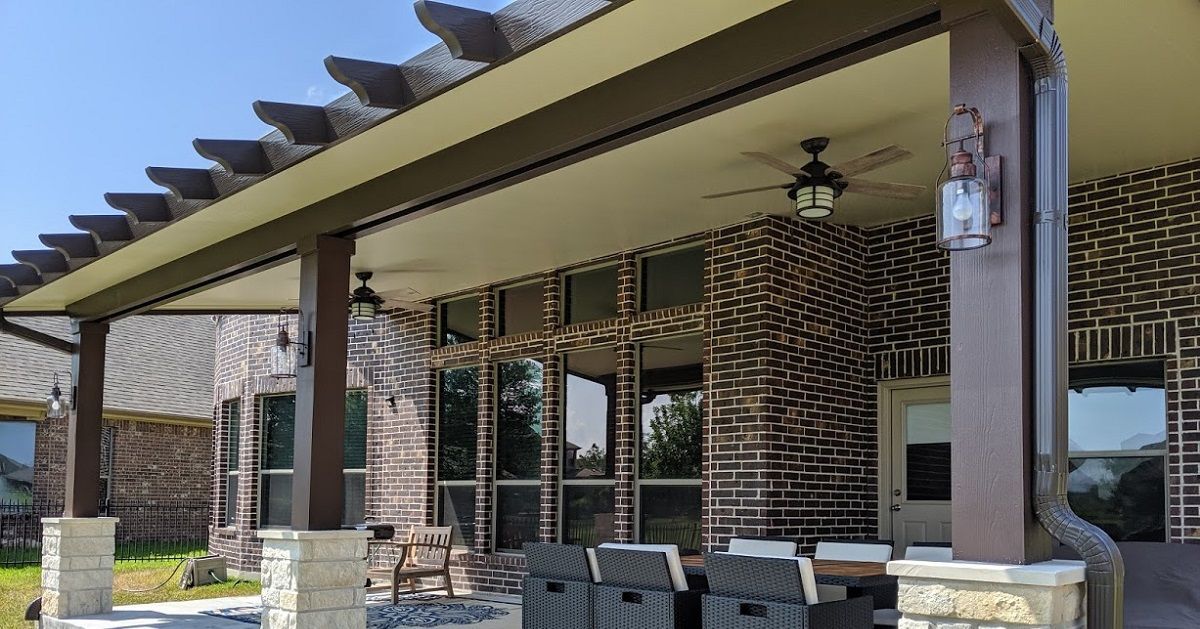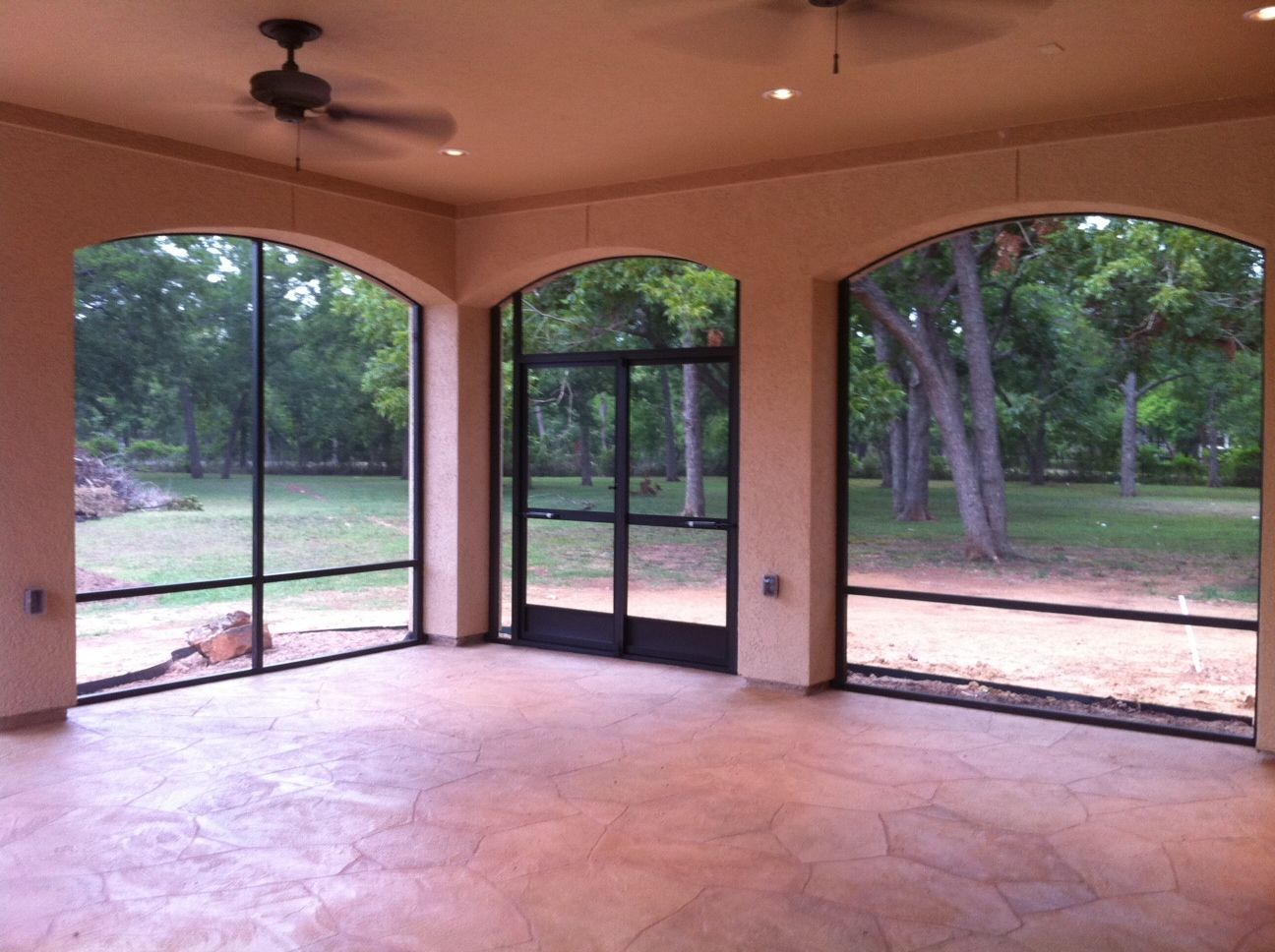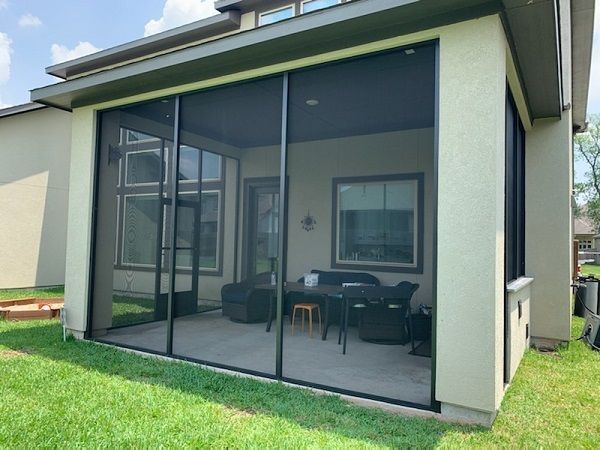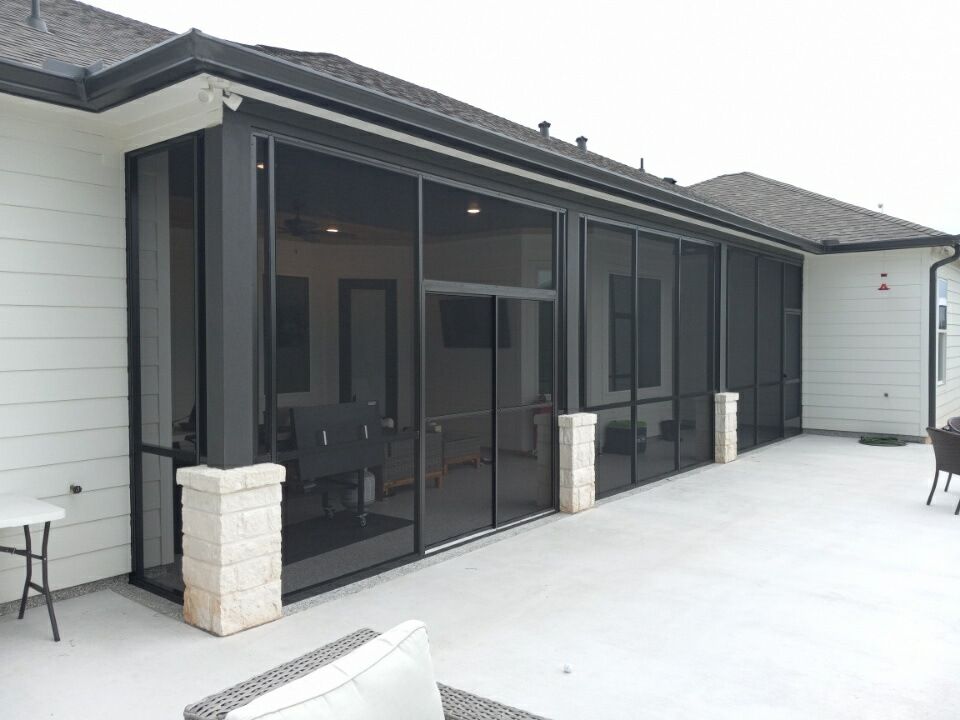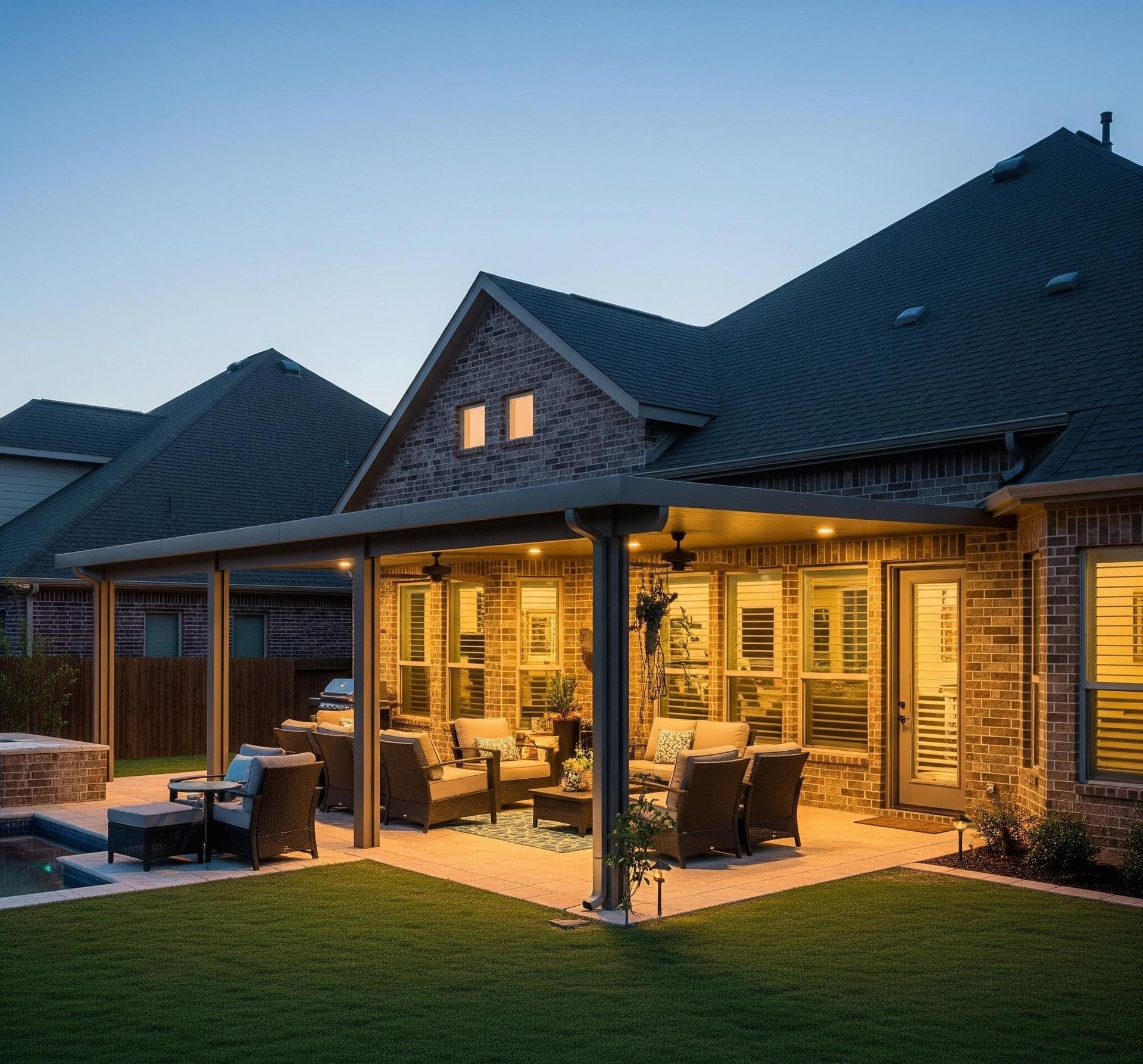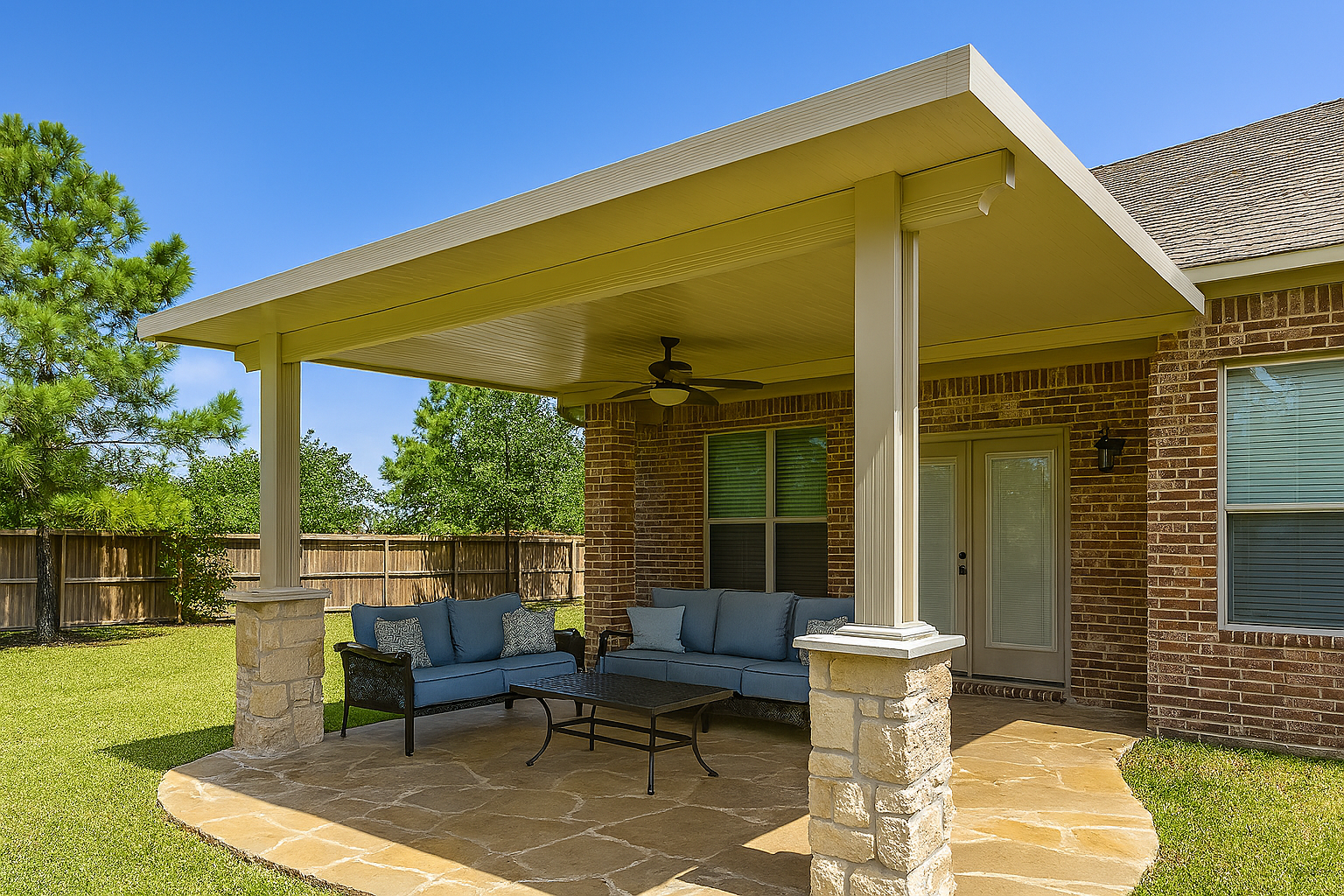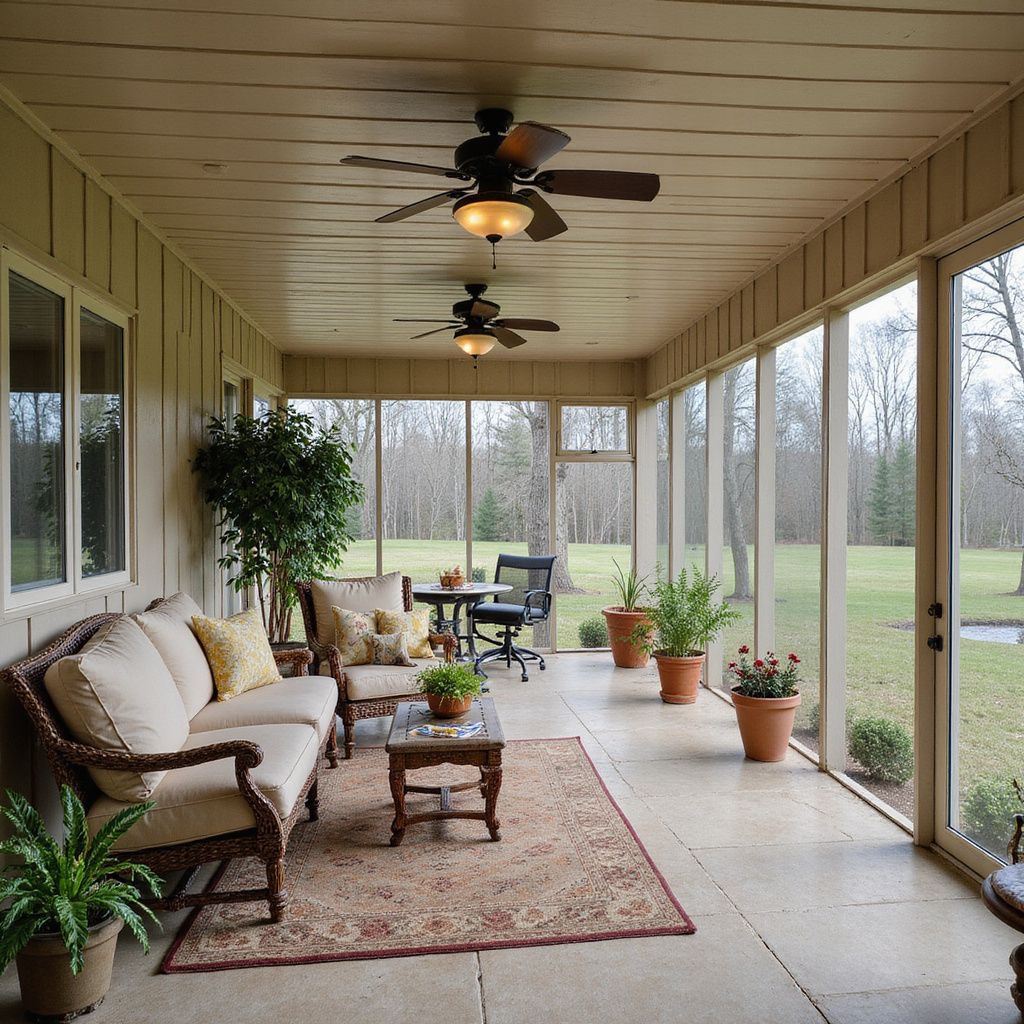What is checking on cedar posts?
Get a Free Quote
Lone Star Patio Builders designs and builds custom outdoor living spaces across Houston, Katy, Cypress, Sugar Land, The Woodlands, and surrounding areas. With over 30 years of experience, we’re trusted patio builders who specialize in high-quality, HOA-compliant structures — including patio covers, pergolas, screen rooms, and enclosures. Whether you’re upgrading your backyard for entertaining or adding shade and comfort, we deliver craftsmanship that lasts.
Our Services:
Elegant and Functional Pergolas
Add elegance and shade to your backyard with our beautifully crafted pergolas. Perfect for creating a relaxing outdoor retreat.
Bug-Free Screened Porches & Patios
Enjoy the outdoors without the hassle of bugs and debris. Our screened in porches provide a comfortable and clean outdoor living area.
Cedar posts are a popular choice for fencing, decking, and outdoor pergolas because of their durability and natural beauty. However, if you've ever used cedar posts, you might have noticed that they sometimes develop cracks. This phenomenon, known as "checking," can be concerning if you don't understand what it is and how it affects the integrity of your cedar posts.
In this article, we will delve into what checking is, why it happens, and what you can do about it. We’ll also discuss how checking affects the structural integrity of cedar posts and offer some tips for preventing or minimizing it.
What is Checking?
Checking refers to the cracks that appear in wood, including cedar posts, as it dries and acclimates to its environment. These cracks can range from small hairline fractures to larger splits. Checking is a natural process that occurs because wood is a hygroscopic material, meaning it absorbs and releases moisture depending on the surrounding environment.
Why Does Checking Happen?
When cedar posts are initially cut and treated, they contain a high moisture content. As the wood dries out, it loses moisture, causing the wood fibers to shrink. This shrinkage is not uniform; the outer layers of the post dry faster than the inner layers, creating tension within the wood. This tension leads to the development of cracks or checks on the surface of the post.
Types of Checks
There are generally two types of checks that can occur in cedar posts:
- Surface Checks: These are small cracks that appear on the surface of the wood and generally do not penetrate deeply into the post.
- Through Checks: These cracks extend deeper into the wood and can sometimes go all the way through the post.
How Does Checking Affect Cedar Posts?
Many people worry that checking will weaken the structural integrity of their cedar posts. However, it is important to understand that checking is primarily a cosmetic issue and does not significantly affect the strength of the post. Cedar is a strong and resilient wood, and minor checks are unlikely to compromise its ability to support weight or withstand environmental conditions.
Structural Integrity
The integrity of cedar posts remains largely intact despite the presence of checks.
Longevity
Cedar is naturally resistant to rot and decay, which contributes to its longevity even when checks are present. Proper installation and maintenance can further extend the life of your cedar posts, ensuring they remain functional and aesthetically pleasing for many years.
Conclusion
Checking on cedar posts is a natural process that occurs as the wood dries and adjusts to its environment. While checks may be unsightly, they typically do not compromise the structural integrity of the posts.
Remember to install, store, and maintain your cedar posts properly to reduce the likelihood of checking. With a little care and attention, cedar posts can provide a beautiful and long-lasting addition to your outdoor spaces.
Call the professionals at
Lone Star Patio Builders with any additional questions.
Ready to Build Your Dream Patio?
Call
(281) 773-1255 or request a free quote online. We’ll schedule a no-obligation consultation at your home and walk you through every step — from design to final inspection.
